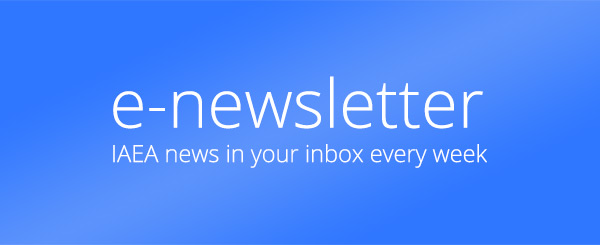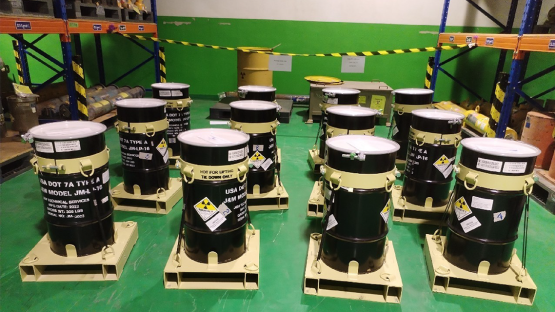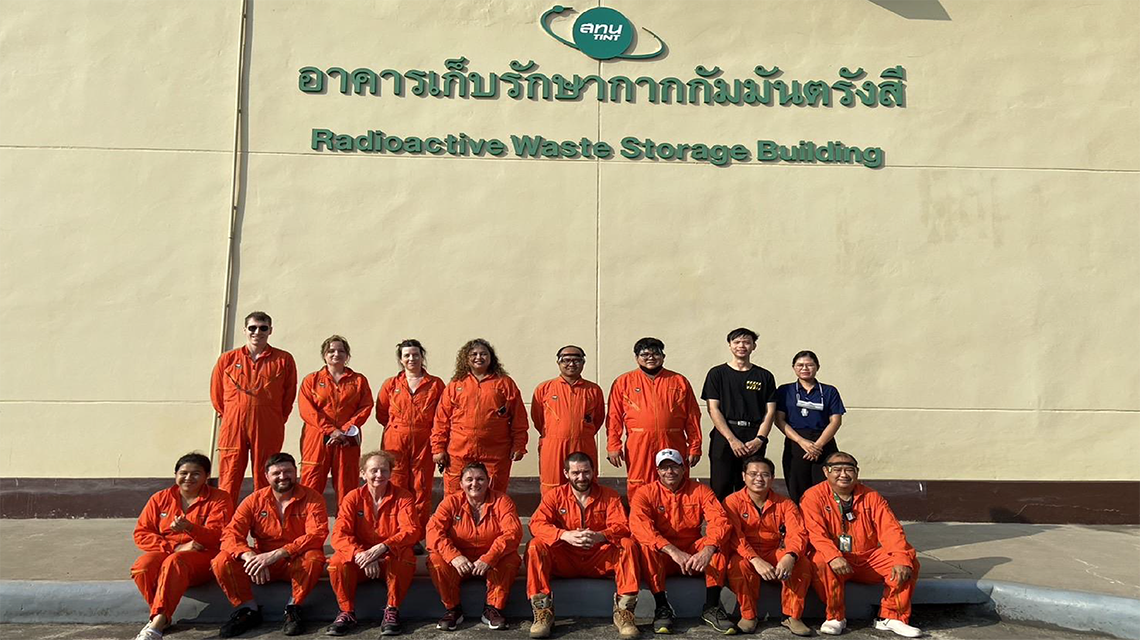Canada will recycle disused radioactive sources from Thailand in order to support innovative cancer treatments, as part of an international IAEA initiative. The Global Radium-226 Management Initiative is designed to connect countries in possession of old radiotherapy sources with those interested in recycling or reusing them.
As part of this initiative, over 65 countries are participating as holders of disused radium-226 sources, coordinating this legacy to be transferred to partners with advanced technology to recycle the radium-226 and produce live saving radioisotopes.
Canadian Nuclear Laboratories (CNL) received two shipments of disused radium-226 sources from the Thailand Institute of Nuclear Technology (TINT) for further recycling, which will contribute to rare innovative cancer techniques.
Radium-226, discovered in 1898 by Marie Sklodowska-Curie and Pierre Curie, was formerly used in radiotherapy but has since been replaced by other sources. Today, it serves as a feedstock for the production of the radioisotope actinium-225, which is so rare that annual global production is less than a grain of sand.
Actinium-225 is an alpha-emitting source known to be effective in destroying malignant cells in targeted cancer treatments. It allows for targeted radiotherapy as it can be placed close to the tumour and will kill cancerous cells without damaging nearby healthy tissue.
Many countries around the world have legacy stocks of radium-226, but not all of them have the recycling capabilities needed to make the most of this valuable resource. “The Global Radium-226 Management Initiative is supporting both the long-term management of these sources as well as the increased availability of actinium-225,” said Olena Mykolaichuk, the Director of the IAEA’s Division of Nuclear Fuel Cycle and Waste Technology. “We are encouraged by the proactive engagement we have seen lately in this area.”






